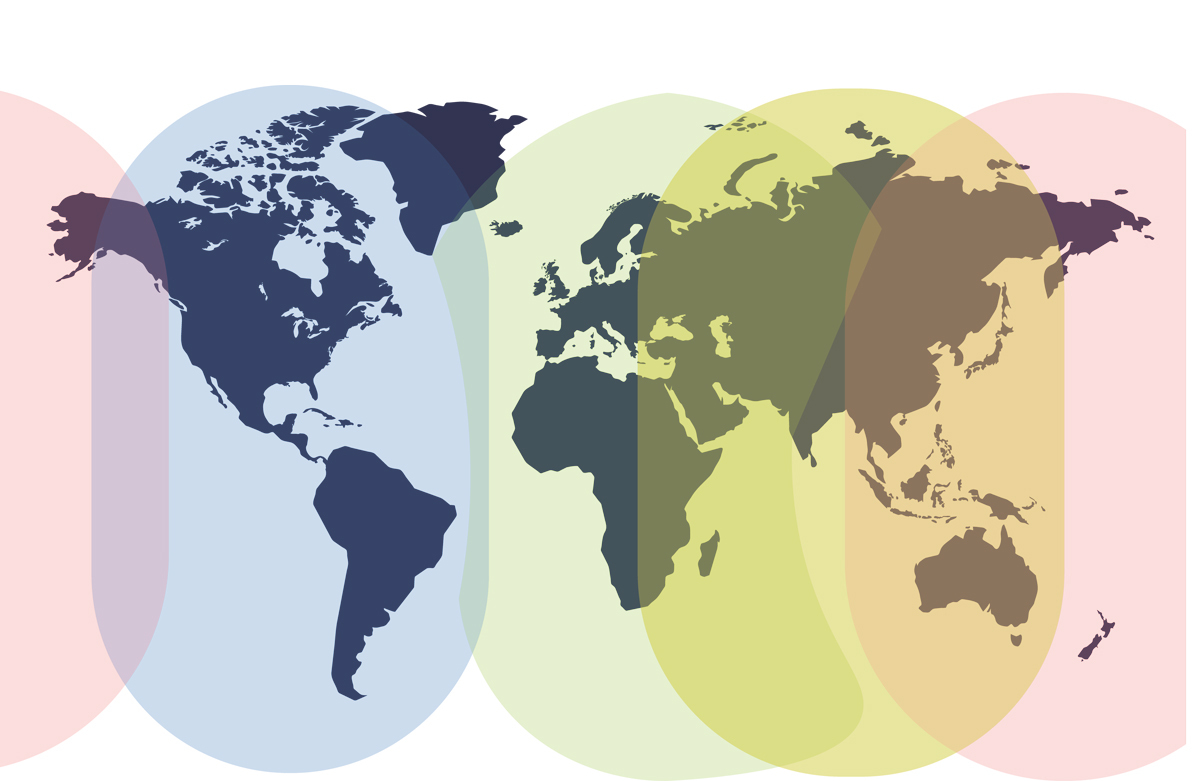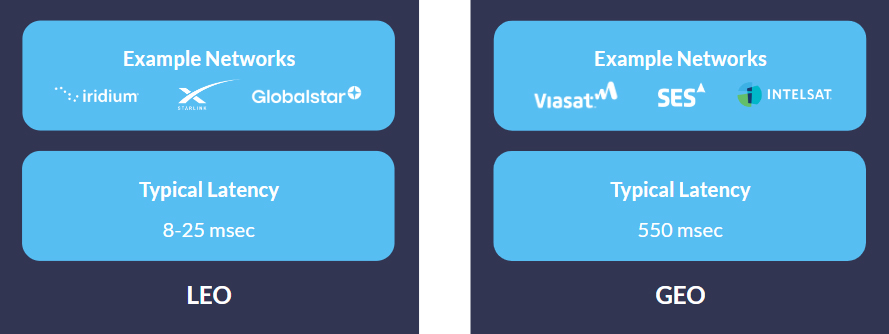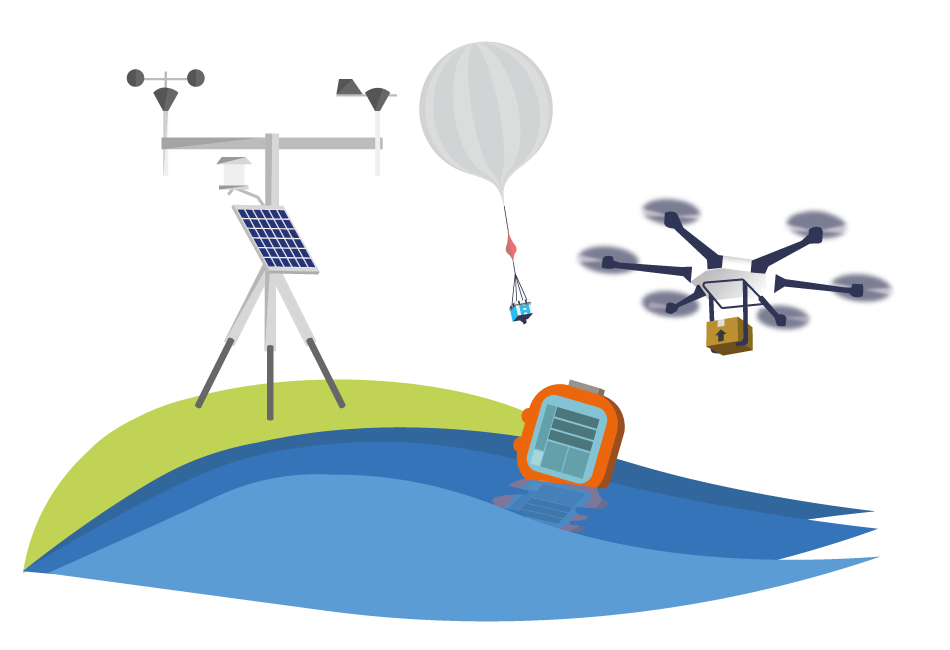Recently, the Swarm satellite constellation notified customers that, as of the end of 2024, they would no longer be able to utilize their service to communicate with their remote IoT sensors.
Swarm, purchased by Space X in 2021, is being sunsetted in favor of their new Direct to Cell (D2C) technology that Starlink – Space X’s satellite service provider brand – aims to bring to market in 2025.
But Starlink’s D2C technology isn’t a like-for-like replacement of the Swarm service. Swarm is/was (depending on when you read this!) a proprietary message-based service; you could send 192 bytes of data per message. It was designed for remote IoT deployments with power constraints – Swarm modems could be powered by a small battery or solar.
It also lent itself to applications where real-time communication was not required; as this blog post from 2022 illustrates, the average ‘round trip’ time for Swarm data delivery was 39 minutes and 44 seconds. Plus, Swarm utilized unlicensed terrestrial spectrum; this made it very low cost, but with the potential to have lower reliability in high-traffic areas.
Starlink’s D2C technology is an entirely different proposition. Firstly, it uses the LTE Cat-4, Cat-1, and Cat-1bis standards rather than proprietary technology. This delivers higher data rates and lower latency (the ‘round trip’ time) but has a greater power draw – not really suited to battery or solar-powered applications.
So, while Starlink are recommending to Swarm’s customers that they move to their D2C service once available – and this may well be a good choice – we thought it presented an opportunity to present additional options that may be a better fit for your application.
This is usually quite a nuanced conversation, and due to the blog post format, by necessity we’re making some simplifications. It’s always worth giving our team a call to get individualized, expert advice.
There are four key considerations: location, data rates, latency, and power.
1. Location
Starlink’s D2C service will initially be available in the USA, Canada, Australia, New Zealand, Japan, Switzerland, Chile and Peru (source). So, if your IoT application is not in one of these countries, you’ll need to look elsewhere.
For 100% global coverage, including the polar regions, have a look at Iridium which has the only truly global IoT network in operation. If your project is not in the far North or South of the globe, Viasat (pictured) is a great choice. Globalstar has great coverage over North and South America, China and most of Africa and Europe.

2. Data Rates
Here we’re not just considering how much data you need to send, but how you need to send it. The most efficient way to communicate with satellites is to use a message-based service, which is what Swarm offered. It’s cost-effective and uses very little power. However, it does generally require some engineering work on your part to manipulate your sensor data into this format.
If you have the ability to do this, check out the following services:
- Iridium Messaging Transport (IMT), which allows you to send and receive 100,000 byte messages
- Iridium Short Burst Data (SBD), which allows you to send a modest 340 bytes, and receive 270 bytes; constrained, but competitively priced
- Viasat’s IoT Nano (previously called IsatData Pro), which allows you to send 6,400 byte messages, and receive 10,000 byte messages.
If you have a chatty application, and need to use IP data delivery, Starlink D2C is worth investigating (if/when available in your country / area of operation). Iridium Certus 100 is IP-based (22/88 Kbps), as is Viasat’s IoT Pro (formerly BGAN M2M). Because using IP data delivery is less efficient, it is often more expensive and power-hungry, so also explore whether your satellite IoT device supports edge computing, as this can help throttle back on airtime costs.
3. Latency
Latency refers to the length of time it takes for the data to leave the satellite IoT device, reach the satellite, come back down to the ground station, and be delivered to your server. One of the factors influencing this is the satellite orbit height; satellites in Low Earth Orbit (LEO) have a lower latency than satellites in Geostationary Orbit (GEO).

That said, just because a satellite network is in LEO does not mean it will be quick to send and receive data, because the other factor is how frequently a satellite passes overhead. If your satellite network only has a handful of satellites in operation, it may be several hours, even a day, before your data is successfully transmitted. Swarm, despite having approximately 175 satellites in operation before it was disbanded, had big coverage gaps, which led to it having an average message delivery time of 39 minutes and 44 seconds.
This may not matter for your application. If you can manage taking receipt of your data a few times a day rather than in close to real-time, there are several new satellite networks that are worth investigating – among them Sateliot and OQ Technologies.
If you have a latency-sensitive application, an established satellite network in LEO is likely your best bet; Iridium or Starlink’s D2C service, for example. You could also experiment with changing timeout values on network requests to allow for higher latencies, caching more data, or using overlapping network requests and responses where possible (source). SD-WAN solutions can also be deployed to create hierarchical classes of service, and for TCP optimization (if TCP/IP is the preferred means of data delivery). This could unlock the GEO networks, such as Viasat, which are often more cost-effective than their LEO counterparts.
4. Power
Satellite connectivity is generally only the primary means of communication if there’s no cellular infrastructure in place – .e.g. oceans, deserts, mountains, forests and farmlands. Sensors deployed in these locations often also lack mains power, and are not easy to access.
For example: data buoys; hydrology stations; environmental monitoring; livestock monitoring; wind and solar farms and oil and gas pipelines.

In these instances, you need to look for solutions optimized for low power. Right now, that most likely means a message-based service using Iridium (IMT or SBD), Viasat (IoT Nano) or Globalstar’s satellite networks. In the next few years, Viasat and Iridium will start to offer standards-based solutions which will likely be lower cost, while still requiring very little power to operate. The great news is that proprietary technologies have started to come down in price in response to the advent of standards, so there’s no need to put your project on hold!
If your application has a power source – trucks, trains and heavy machinery, for example, or a remote outpost that has multiple solar panels – then you should take a look at Starlink’s D2C service, as it is expected to be competitively priced while moving (by IoT standards!) high volumes of data.
How to Choose
Choosing the best satellite network for your IoT application requires careful consideration of factors like location, data rates, latency, and power requirements. While Starlink’s D2C technology offers impressive data speeds and low latency, it may not be the ideal solution for all IoT deployments, especially those constrained by power or located outside the initial coverage areas.
Alternatives like Iridium, Viasat, and Globalstar provide various options, from message-based services ideal for low-power environments to IP-based solutions for higher data throughput. Ultimately, the right choice depends on your specific needs, and consulting with an expert can help ensure you pick the best network for your application.
Speak to an Expert
At Ground Control we’ve been solving remote connectivity challenges for over 20 years. We design and build our own hardware, and work with multiple satellite network operators and standards to ensure our customers get the right solution for their specific needs.
If you have an IoT or tracking application that’ll travel beyond cellular coverage, we’re happy to provide objective, expert advice. Email hello@groundcontrol.com or complete the form, and we’ll be in touch within one working day.
